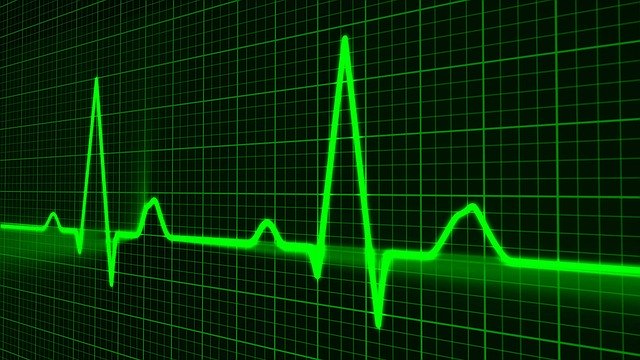A person without a heart
In March 2011, Craig Lewis, a 55-year-old man with amyloidosis (an autoimmune disease that causes organs to fill with sticky proteins, leading to heart, kidney, and liver dysfunction) was admitted to the Texas Heart Institute. Without medical attention, he likely would have died within days.
Fortunately, we have Dr. Billy Cohn and Dr. Bud Frazier, who had previously tested a device called a “continuous flow device” on cattle. This device allowed animals to live without a heart. It uses two “pumps” or “turbines” to keep blood constantly circulating in the body. As a result, the animal (or later man) had no palpable pulse, and when connected to an ECG device, the pulse was not measured and the result would be a straight line. Thus, by any method of measuring the patient\’s condition, the patient is not alive. Despite this, the animals were perfectly healthy. They ate normally, were happy, and healthy. [During Mr. Lewis\’ surgery, doctors decided to implant a device in place of a heart. The entire process took less than 48 hours and was a great success. Craig Lewis became the first person to have this technology.” I was listening.” His wife shared, “It was a hoot, it was amazing.” He shared. She admitted that she knew it was a risky procedure, but he wanted to live and they weren\’t going to let him go. But his liver and kidneys were not so lucky and soon began to fail. So after a few months, his family asked the doctors to remove the machines so he could die humanely. Mrs. Lewis confided, “I don\’t know how much time I have left, but it was worth it.”
Dr. Cohn devoted much of his life to discoveries and inventions that promoted heart function. His most famous invention was the LVAD (Left Ventricular Assistive Circulatory Device), and he worked with Dr. Frazier to discover new ways to use the LVAD to replace the function of the right and left ventricles of the heart, with success as described above. Dr. Cohn explained that the problem with existing artificial hearts is that they wear out easily, as they must beat 100,000 times a day, or 35 million times a year, to function like a human heart.
